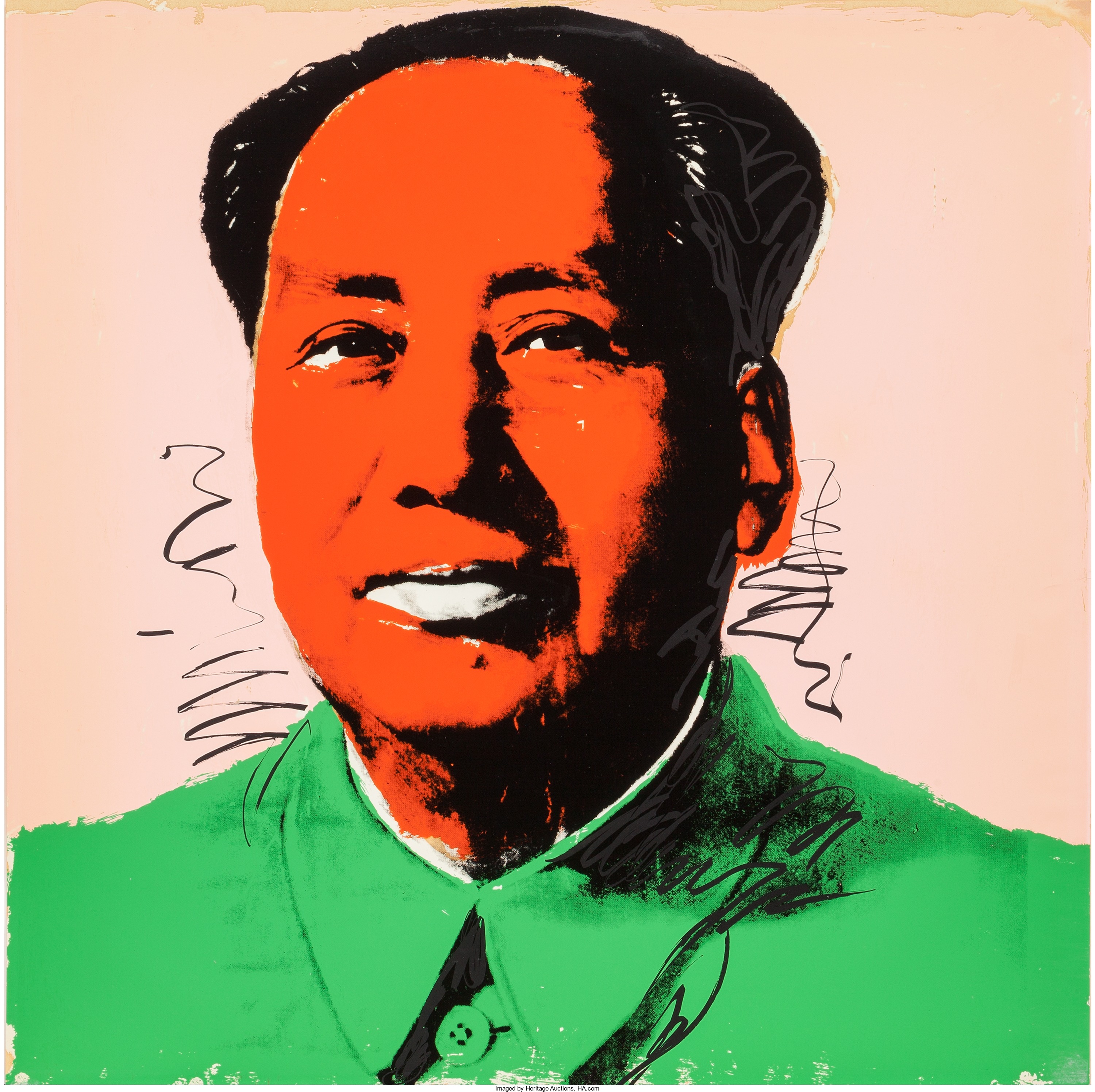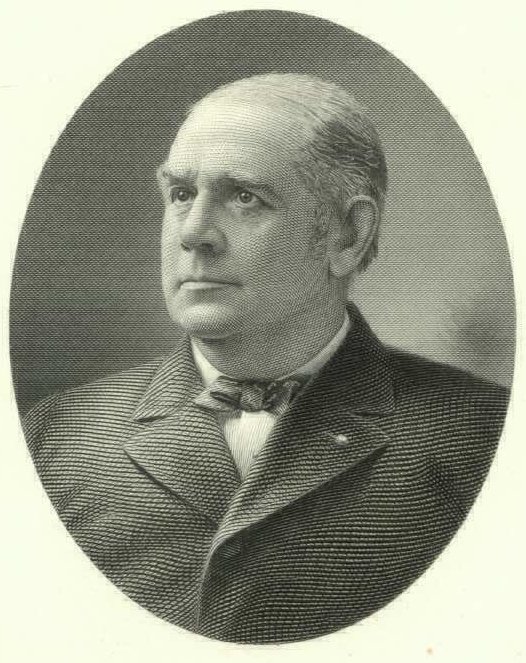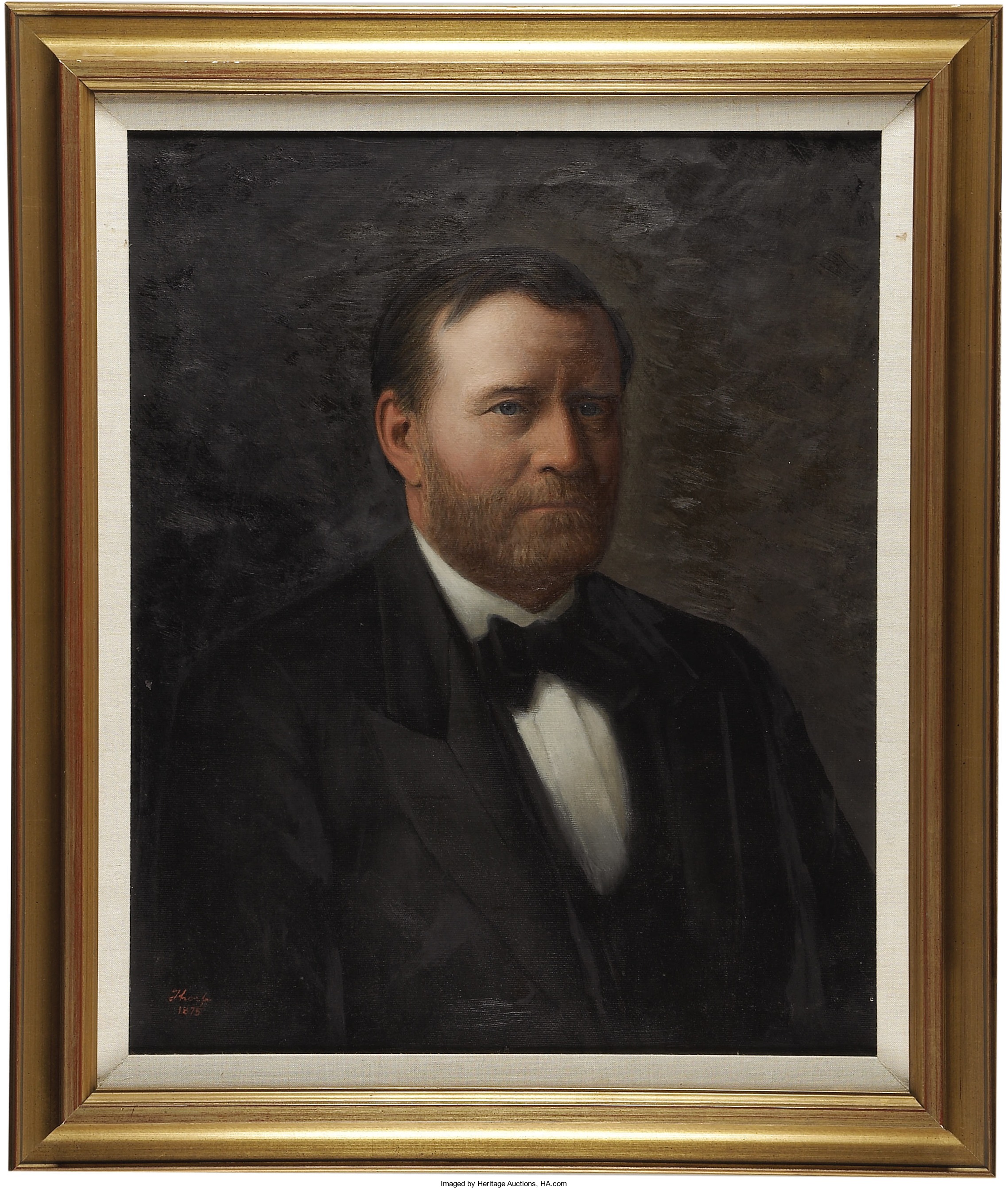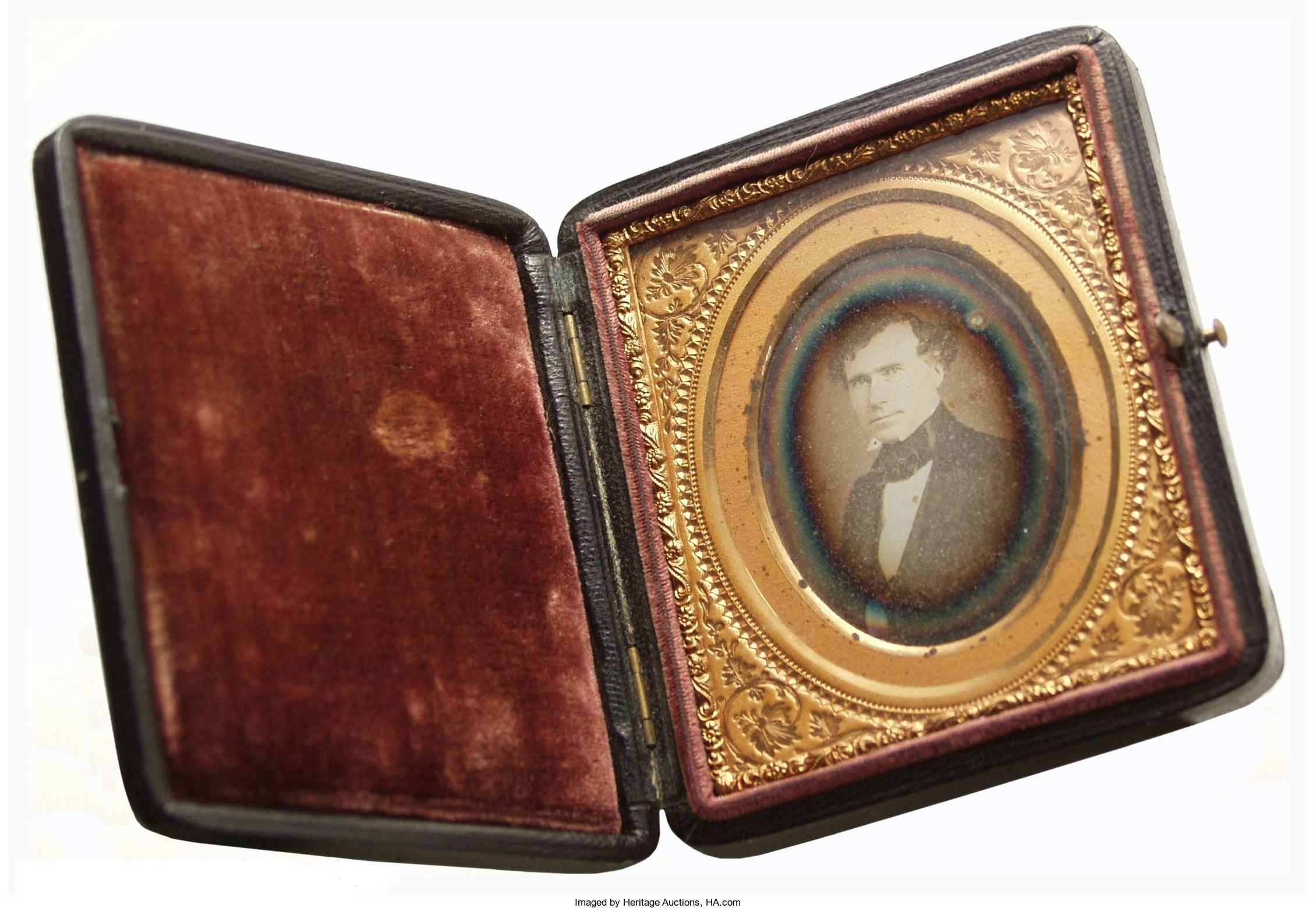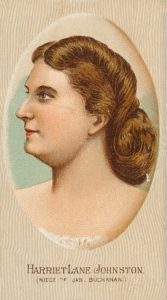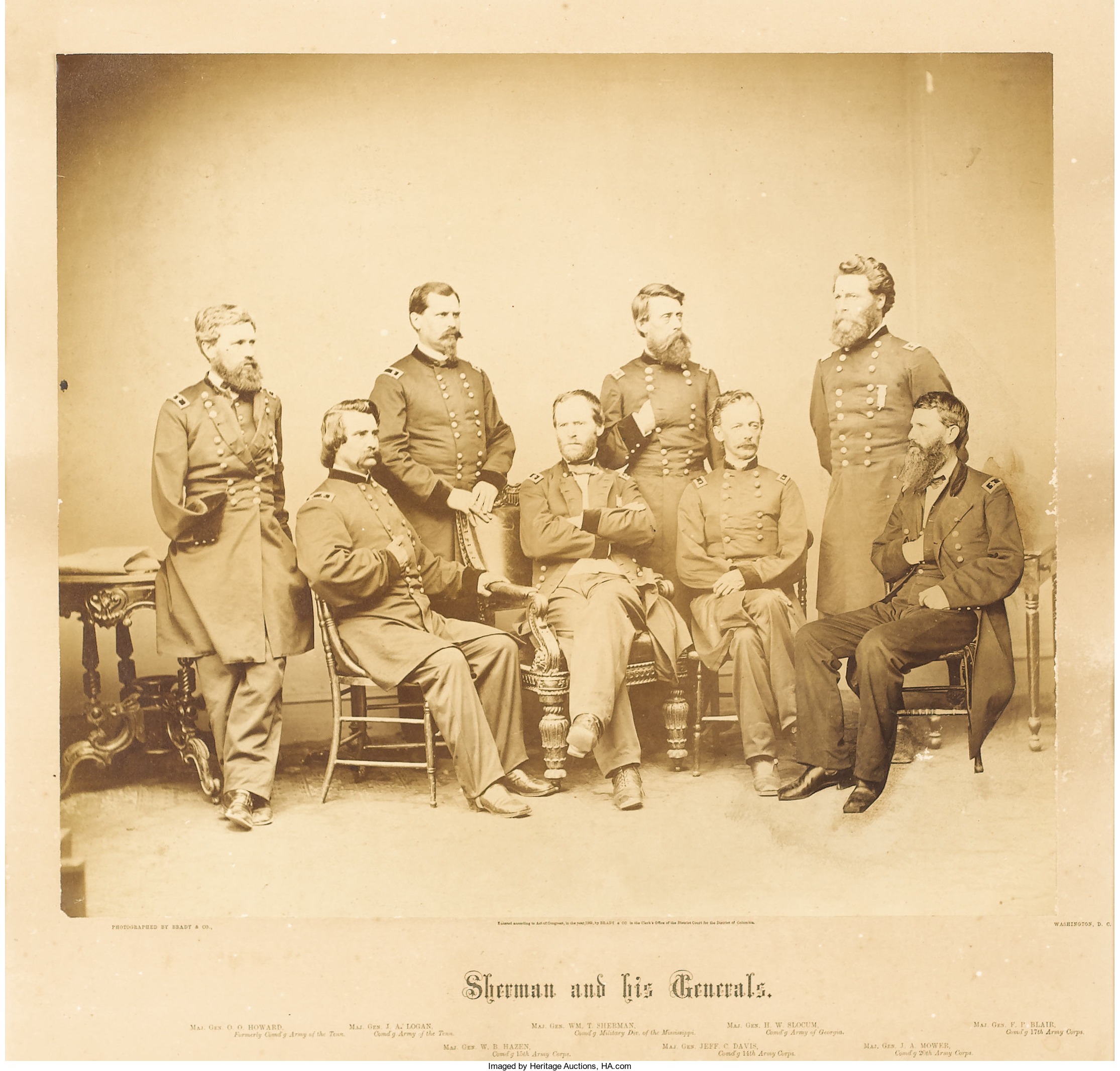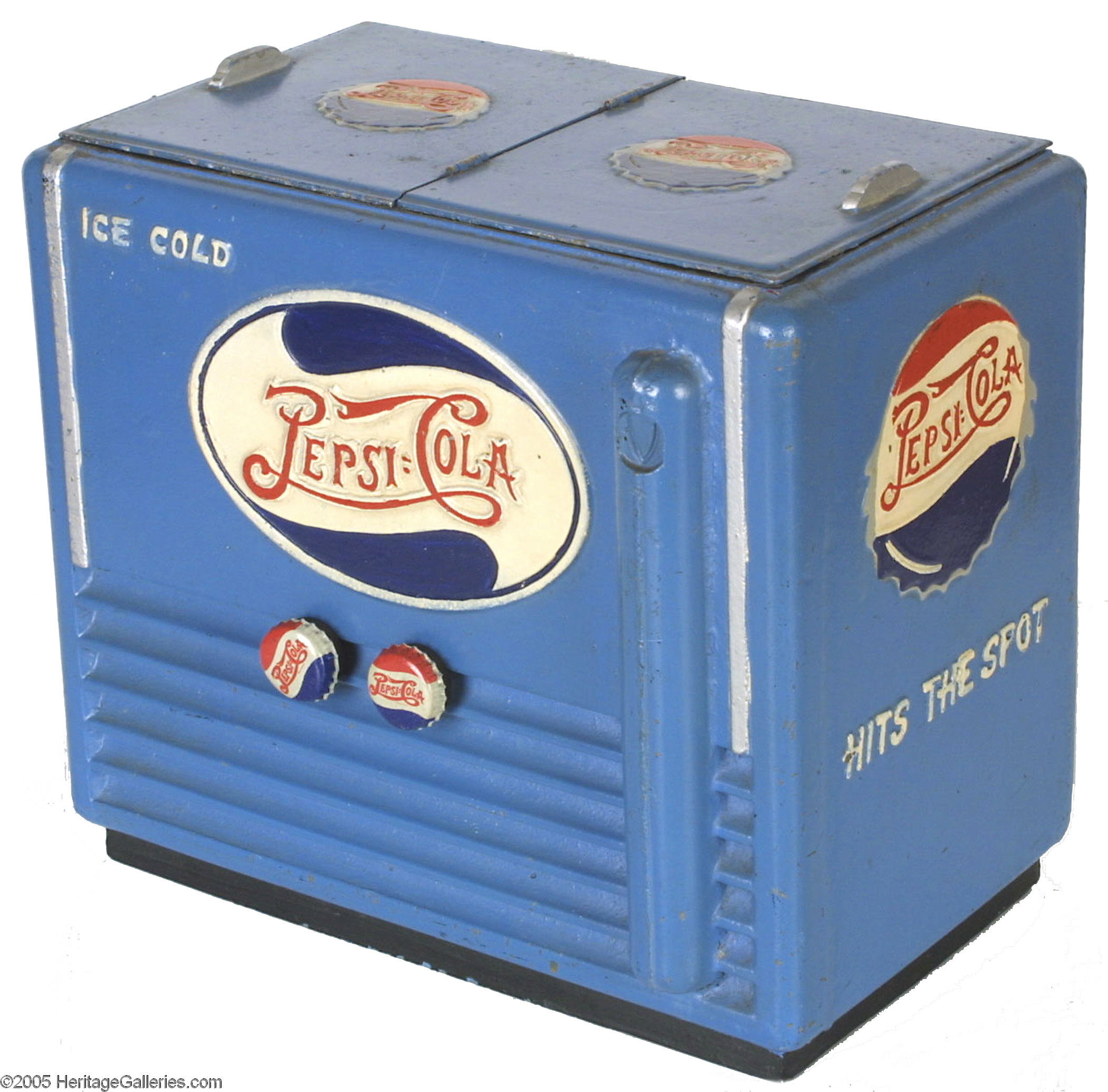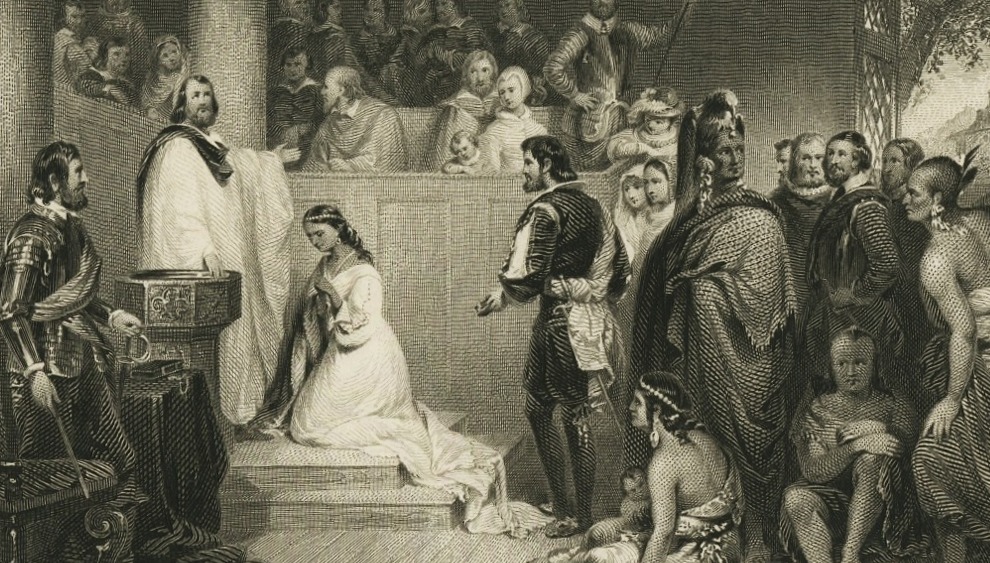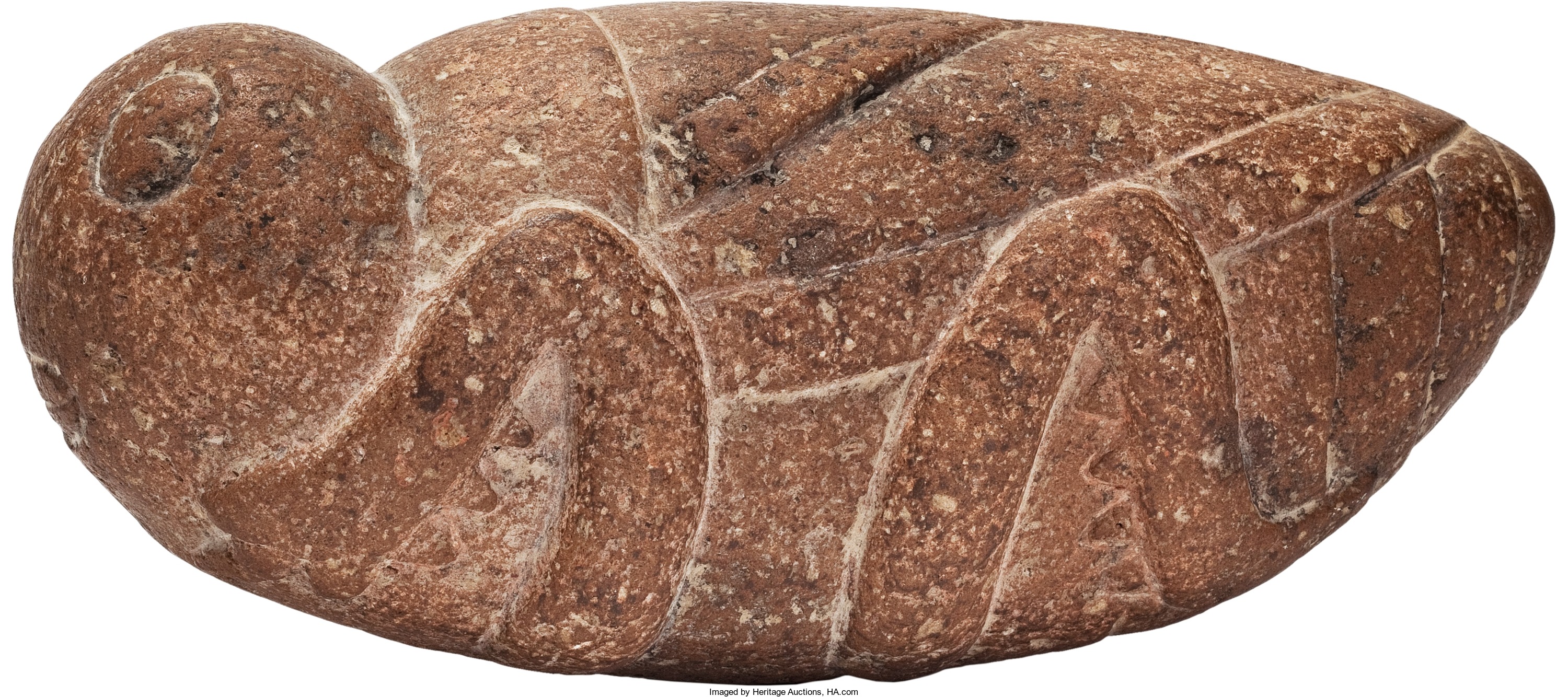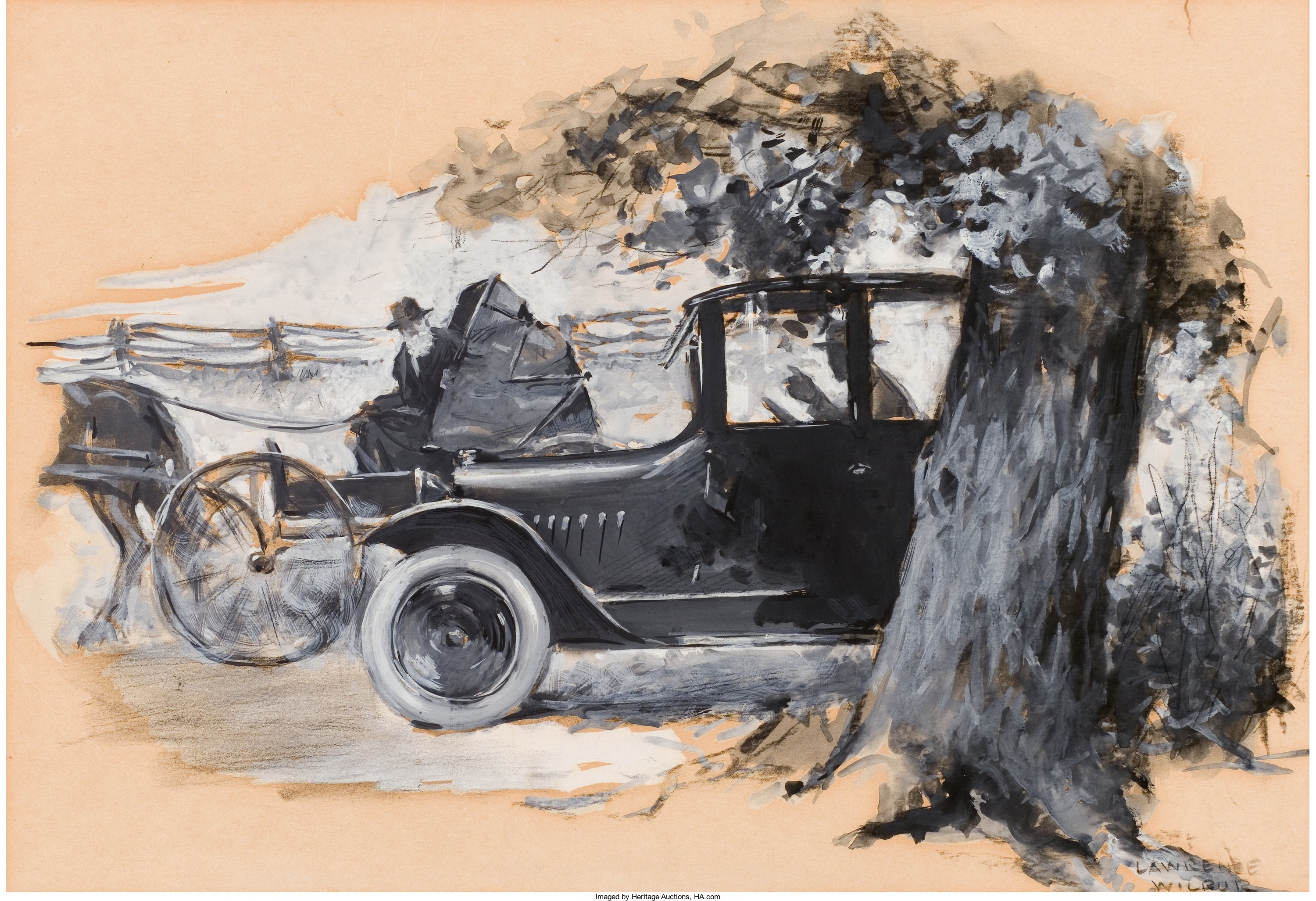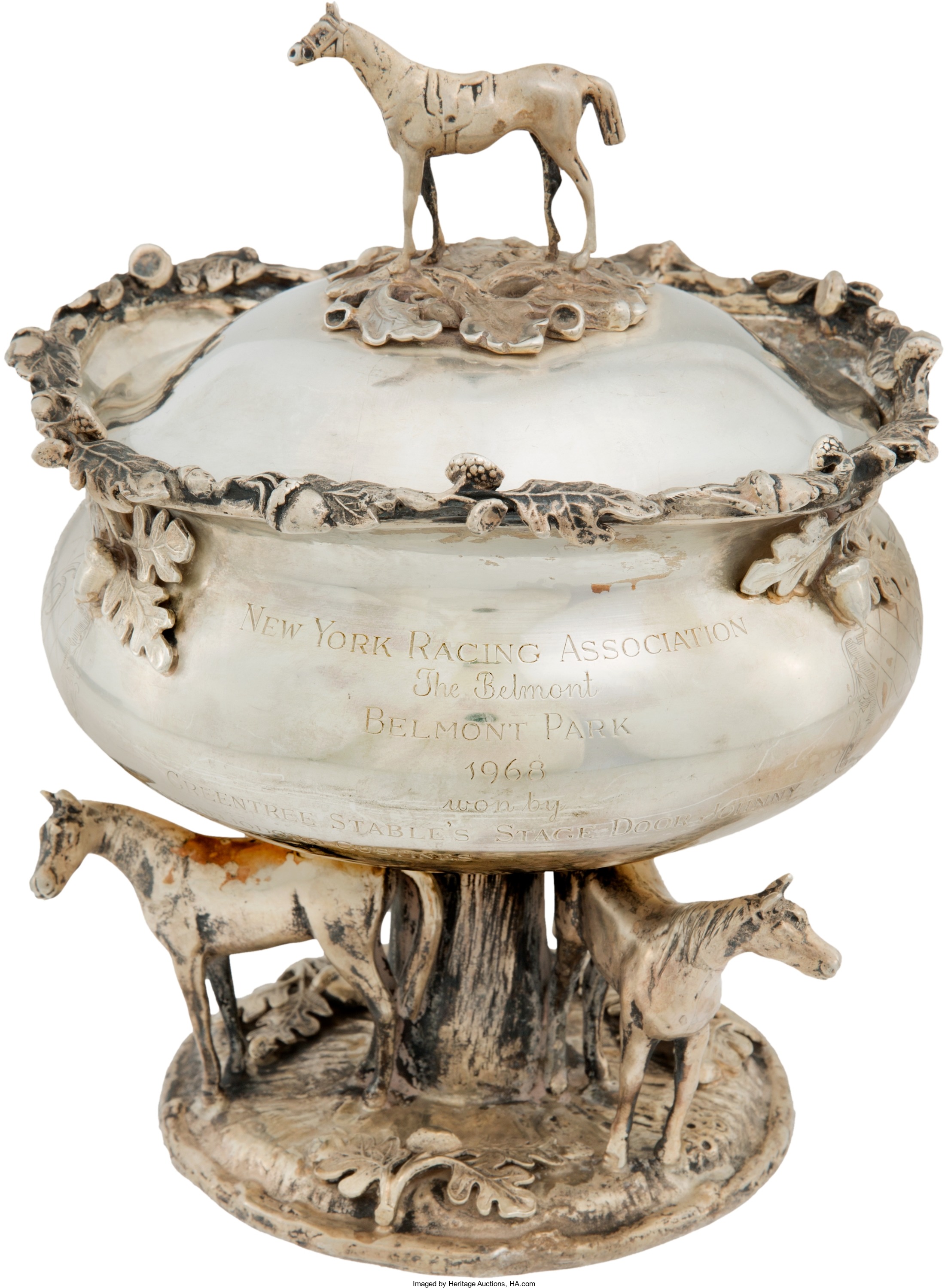
By Jim O’Neal
Citing a string of unpleasant events, Queen Elizabeth II in a speech on Nov. 24, 1992, labeled the year her annus horribilis.
For many in the United States, 1968 was more of a lousy year than the events that seemed to perplex Her Royal Majesty.
In Washington, D.C., the Willard Hotel, where at least seven presidents had been guests (starting with Franklin Pierce), went bankrupt.
China exploded its seventh atomic bomb in an attempt to catch up, and France did the same with its first hydrogen bomb. A U.S. Air Force B-52 crashed in Greenland, spilling radioactive materials on an expanse of ice. It was the 13th time such an accident had occurred.
In Biafra, 3 million civilians died in a war with Nigeria, many of them of basic starvation as the world stood by and did nothing.
It was that kind of year.
On Jan. 31, the Tet Offensive in Vietnam caught everyone off guard and was followed by the My Lai Massacre. LBJ decided he’d had enough and did not stand for re-election.
At the Kentucky Derby, Dancer’s Image finished first, but was disqualified after traces on phenylbutazone were discovered in the post-race urinalysis. Then, Dancer’s Image was disqualified in the Preakness for bumping. So, Forward Pass won two of racing’s Triple Crown. Dancer’s Image did not run the Belmont – won that year by Stage Door Johnny – and remains the only winner of the Derby to be disqualified.
On April 4, Martin Luther King Jr. was assassinated and cities across the nation rioted. On June 5, Robert Kennedy was assassinated in Los Angeles at the Ambassador Hotel as he was trying to follow his brother into the White House.
It was that kind of year.
The U.S. submarine Scorpion was lost at sea with 99 men, which would have been the biggest naval disaster of the year. However, it was overshadowed by the spectacular fate of another U.S. ship near North Korea.
The USS Pueblo was labeled an environmental research ship, but was really an electronic snoop with antennas and high-tech radar. They cruised the Sea of Japan seeking signals from North Korea. On Jan. 23, the Pueblo was attacked and captured by the North Korean navy.
The news that a U.S. naval vessel had been captured – the first since the USS Chesapeake in 1807 – stunned the entire country. U.S. Secretary of State Dean Rusk called it an act of war and senators were howling for action! Two appeals to Russia to act as a mediator were rejected and the U.N. Security Committee refused to get involved.
Finally, U.S. and North Korean negotiators got the men and Commander Lloyd M. Bucher released. But, incredibly, the USS Pueblo is now a tourist attraction in Pyongyang at the Victorious War Museum, complete with tours and a video. The U.S. State Department is still hoping for a release … 48 years later.
Annus horribilis … American style.
 Intelligent Collector blogger JIM O’NEAL is an avid collector and history buff. He is President and CEO of Frito-Lay International [retired] and earlier served as Chairman and CEO of PepsiCo Restaurants International [KFC Pizza Hut and Taco Bell].
Intelligent Collector blogger JIM O’NEAL is an avid collector and history buff. He is President and CEO of Frito-Lay International [retired] and earlier served as Chairman and CEO of PepsiCo Restaurants International [KFC Pizza Hut and Taco Bell].

